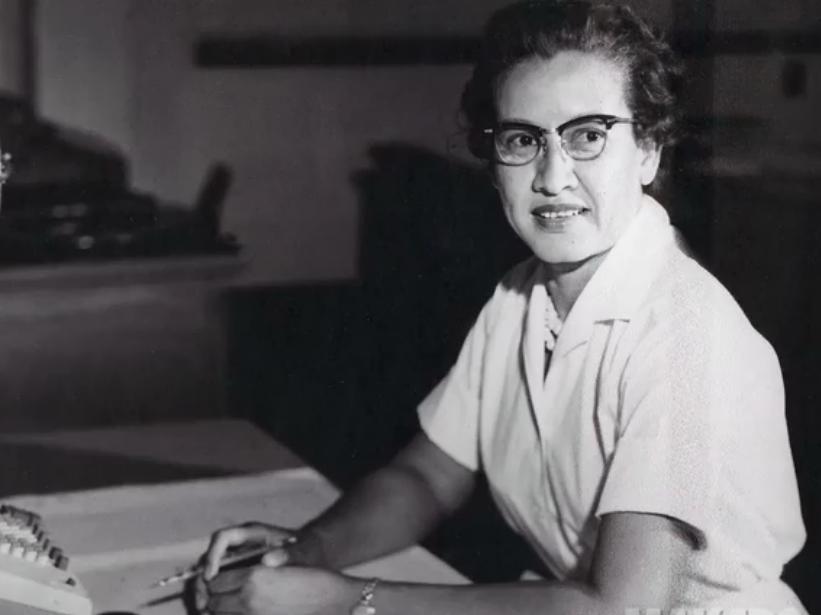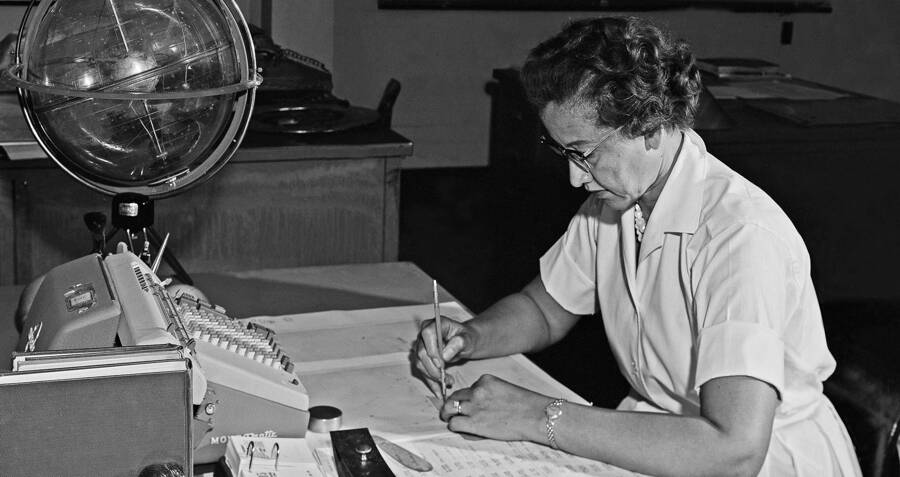


#Katherine johnson nasa photos how to#
There’s this lovely part in the movie in which your character turns to “old” math - Euler’s method - to figure out how to get John Glenn back down from orbit. Did you think of it as cutting-edge math at the time? You did more than calculations - in the film, you created “new” math to go from an elliptical to a parabolic orbit. What were we supposed to do? We learned to pick our battles for the greater good. Is there a lesson to be learned in the way you dealt with that particular barrier? But according to the book, you actually ignored the prohibitions and used the white women’s bathroom anyway - and it sounds like no one stopped you. In the movie, your character is forced to run back and forth to West Computing to use the bathroom.

The three leading ladies did an excellent job portraying us. I liked working with smart people.ĭid you ever have to go toe-to-toe with them over the numbers?Īfter a while, they learned to respect my answers because they were always correct. What was it like to work with NASA engineers, particularly in these high-pressure situations?Įxciting. What were your favorite challenges to work on? What was it that drew you to mathematics? We did what we were asked to do to the best of our ability. What was it like to work alongside white colleagues while still living in a segregated community in Virginia? She answered questions from The Times on her life, the film and her love of numbers. Johnson, now 98, received the Presidential Medal of Freedom in 2015. Henson) played key roles in the flights of astronauts Alan Shepard, the first American in space, and John Glenn, the first American to orbit the Earth. Johnson, a NASA mathematician from the racially segregated West Computing group at NASA’s Langley Research Center in Virginia. Inspired by a book on the lives of these women, the movie centers around Katherine G. The film “Hidden Figures,” which opened to wide release Friday and picked up two Golden Globe nominations, tells the story of three black computers who dealt with segregation in the Jim Crow South even as they helped NASA hold its own in the Cold War-fueled space race. Before they were machines based on silicon, “computers” were actually women - though their colleagues would often refer to them as “girls.”


 0 kommentar(er)
0 kommentar(er)
